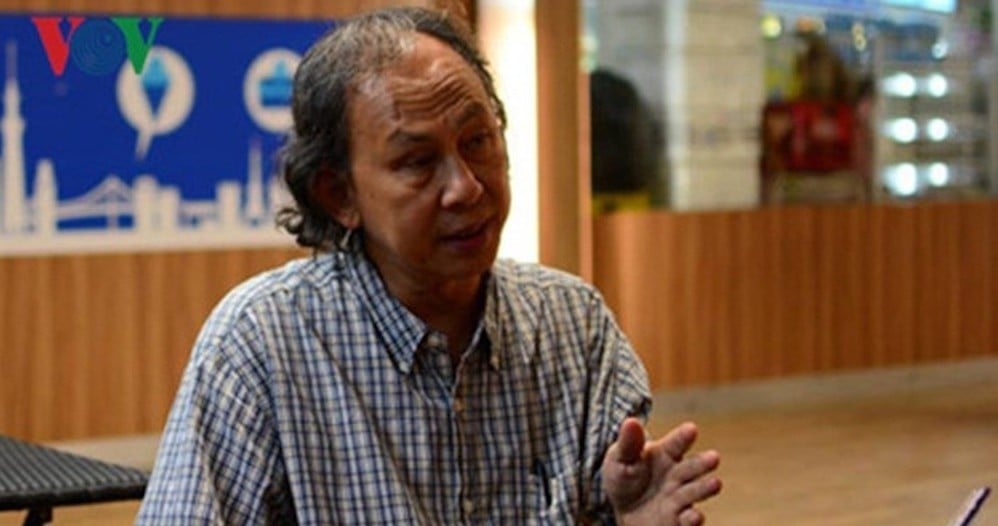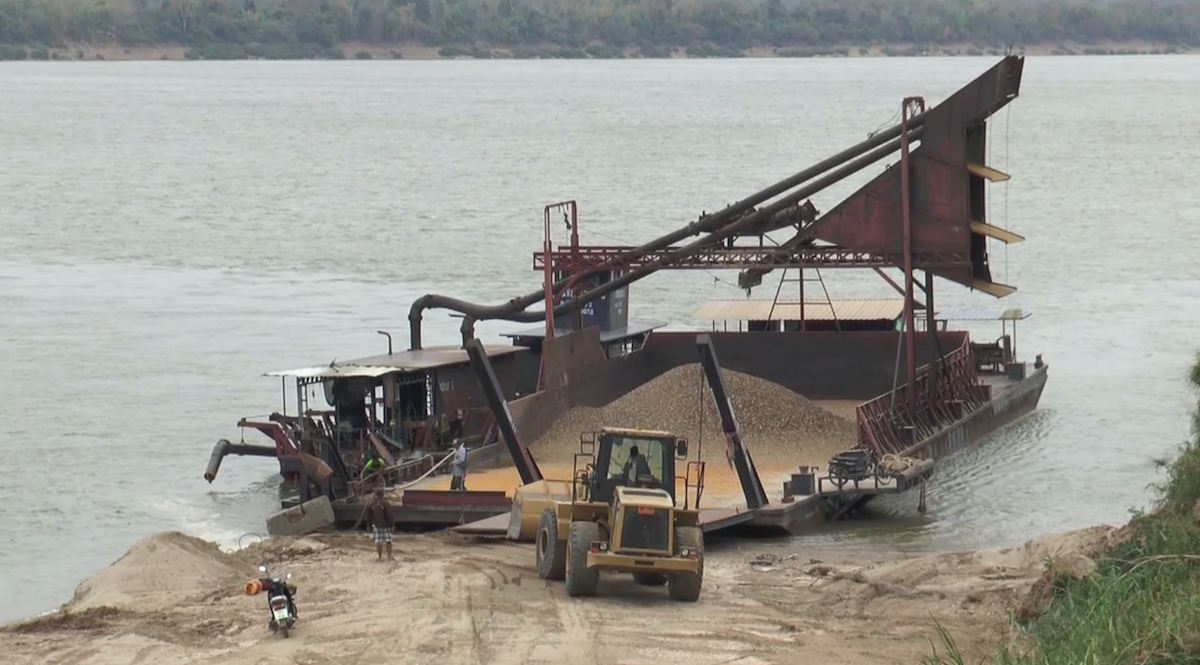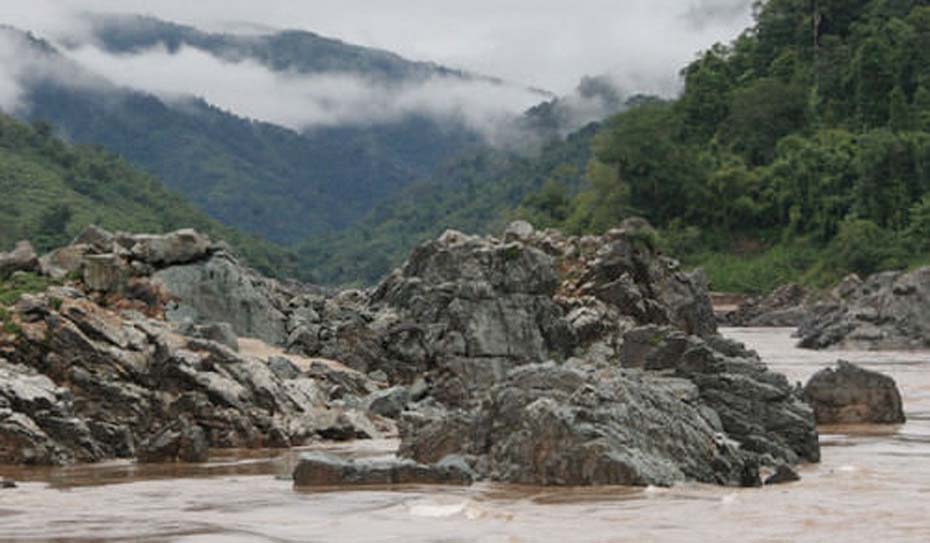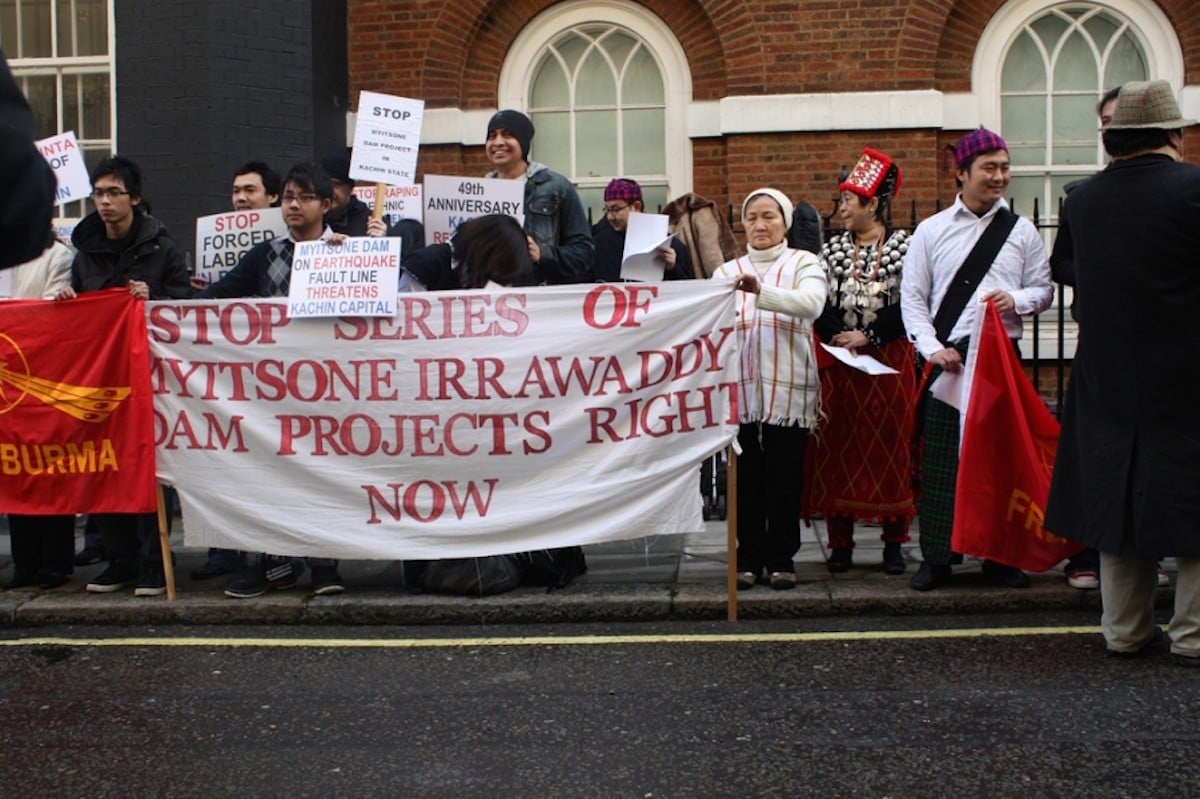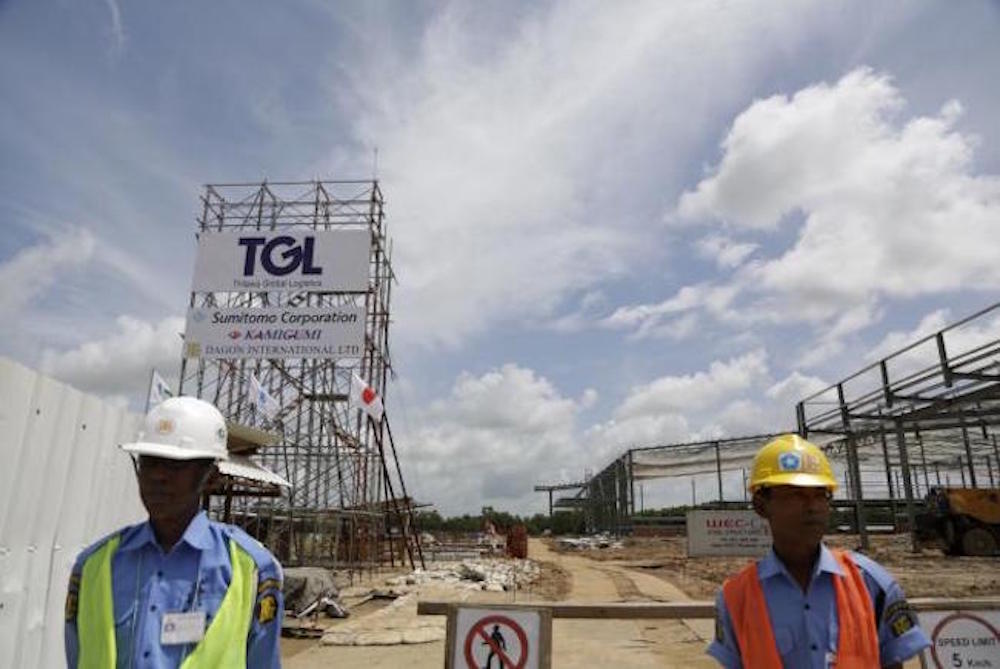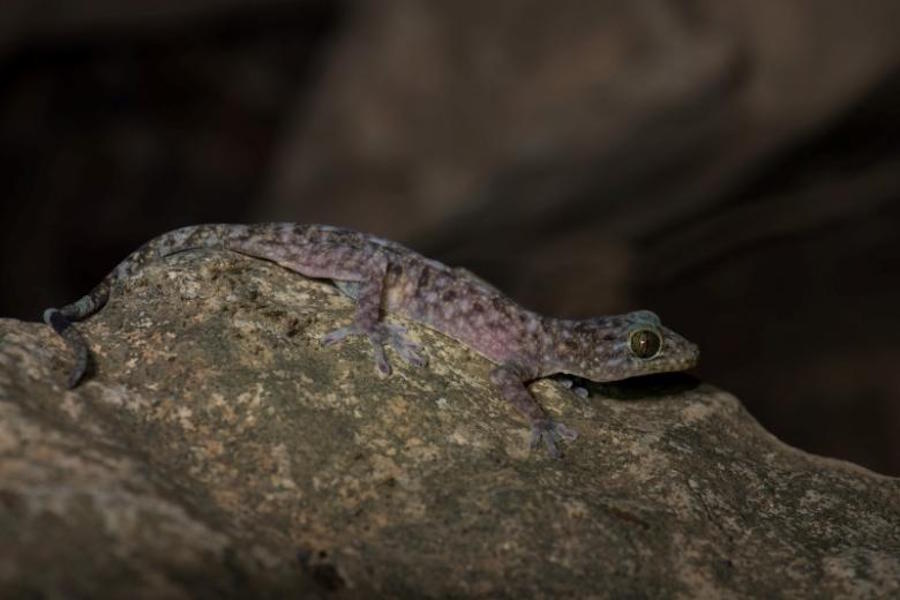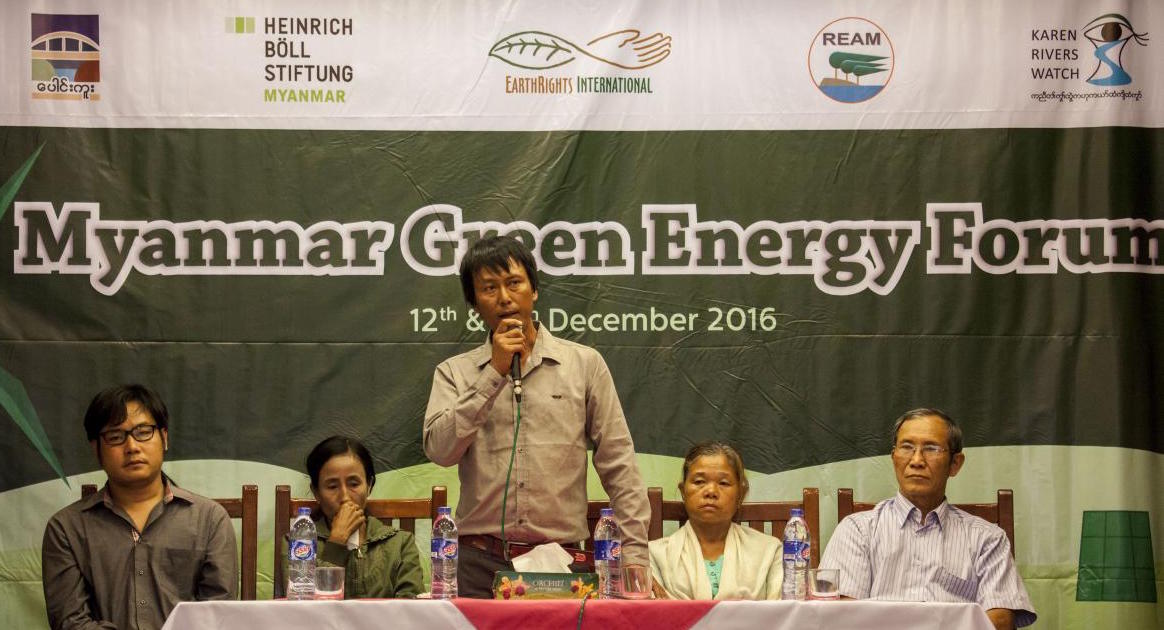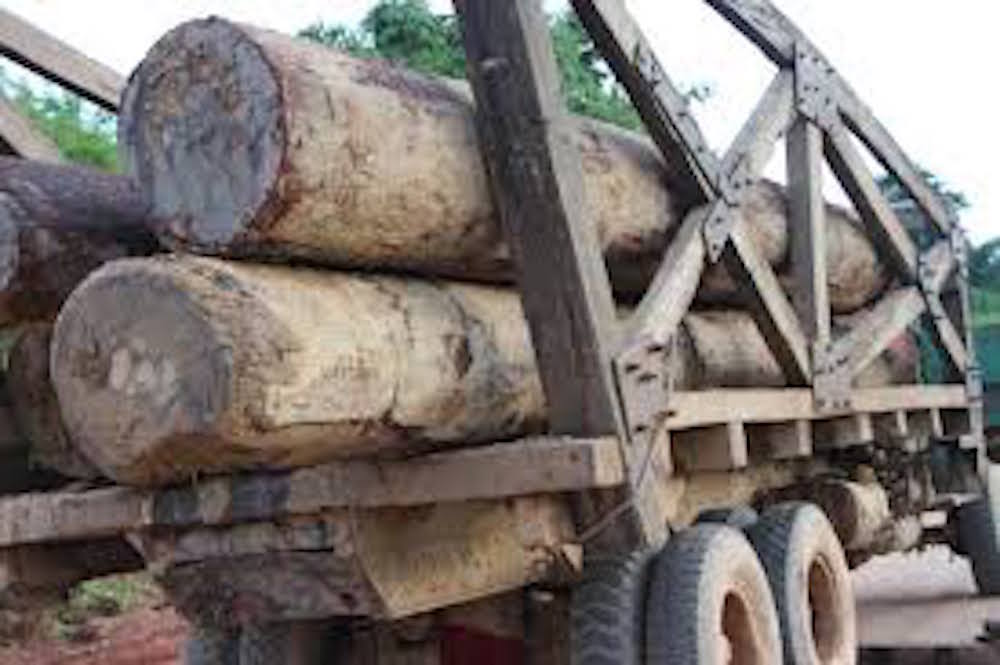Asean is 50 years old this year. It is a true milestone for a loosely constructed regional organization created by five countries at the height of the Cold War to have come this far. Since its conception, its member countries have transformed Asean into a rules-based entity encompassing all the countries in Southeast Asia.
Category: Myanmar
Mon State Gov’t requests EIA from investing companies in the State
The Mon State Government has directed any investing companies in Mon State to report on their Environmental Management Program (EMP), in order to provide transparency and minimize negative impacts on the environment.
Locals slam Mekong blasting plan
The government’s aim to clear the Mekong River’s rocky outcrops to ensure the smooth passage of large cargo boats has set off alarm bells for environmental activists and locals who fear the ecology in the area will be put at risk.
The Mekong River, known in China as the Lancang River, runs through China, Myanmar, Laos, Thailand, Cambodia and Vietnam over a total distance of 4,880km.
The NLD should start 2017 by scrapping the Myitsone dam
Julian Kirchherr and Matthew J. Walton The beginning of the year is always a time of prediction and thus peak season for pundits. Twelve months ago, many pundits on Myanmar predicted the National League for Democracy-led government would, once it assumed power, quickly scrap the controversial Myitsone dam project. Three reasons were provided for this prediction. First, […]
Bad year for human rights activists in Asean
ACTIVISTS across Asean faced serious threats from authorities, powerful people and corporates during 2016, highlighting the lack of human rights awareness in the region, rights campaigners said.
This year has been a tough one for activists who campaigned in various fields in the region, with instances of murder, forced disappearance, threats, and legal prosecution.
Plans Announced for SEZ and New Airport Terminal in Southern Rangoon
A Rangoon regional minister explained in Tuesday’s parliamentary session plans to develop an area across four townships for a special economic zone and a new airport terminal.
According to the statement by Daw Nilar Kyaw—the divisional minister for electricity, industry and transportation—Kwan Chan Gone, Letkokkon, Kawhmu and Dala townships are listed as hosting the initiative.
Fight against dams along the Irrawaddy River
The Myanmar government decided in February, 2011 to postpone the Myitsone hydro-electricity dam which is to be built at the upper stream of the Ayeyarwady River. The justification was that the project would be harmful to the country’s economy and society.
Scientists discover 163 new species in Greater Mekong region: WWF
A rainbow-headed snake and a dragon-like lizard are among 163 new species that scientists recently discovered in the Greater Mekong region, conservation group WWF said on Monday, adding rapid development in the area, from dams to mines, was threatening wildlife survival.
CSOs urge cancellation of coal, large hydro projects
Hundreds of civil society organisations have urged the government to formally abandon plans for coal power plants and large-scale hydropower projects and instead embrace renewable energy.
Some CSO leaders have also criticised the National League for Democracy for excluding the public from a review of the country’s energy policies.
Attacks on journalists in Myanmar highlight complications, dangers for the media
The murder of a Burmese reporter investigating illegal logging and the roadside beating of another, both in Myanmar earlier this week, have raised new fears about media safety in the country.
Soe Moe Tun, a 37 year-old Burmese reporter with Daily Eleven newspaper, was found “severely beaten” to death by the side of a highway near the town of Monywa in Myanmar’s central Sagaing region on Dec. 13. Police are investigating his murder but robbery doesn’t appear to be the motive: his valuables were found at the crime scene.


